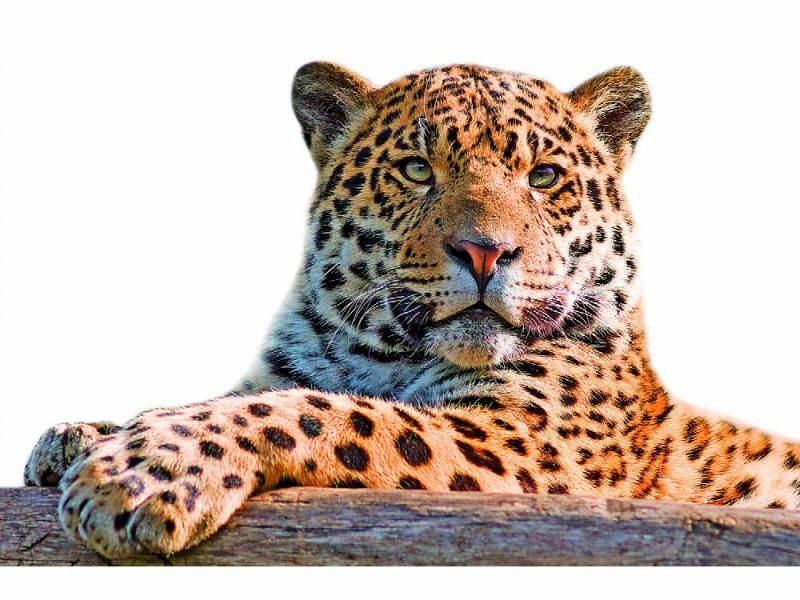(La Estrella)
In indigenous guna mythology, the jaguar is recognized as a guardian of the sacred places: the forests. The feline is one of the most emblematic and charismatic species of tropical forests. However, since 2008 it has been on the list of endangered species due to the loss of its habitat, derived mainly from the reduction of forest cover and the expansion of the livestock frontier, the decrease of its natural prey, poaching and illicit trade.
The isthmus has a special importance for the conservation of this feline because it is the last and narrowest portion of the Mesoamerican Biological Corridor. For thousands of years, the corridor has served as a natural land bridge between North America and South America. And, should this connectivity between jaguar populations be lost, the genetic variability of the species would be threatened.
The presence of jaguars is also an indicator of the environmental health of ecosystems and a sign of the state of Panamanian biodiversity.
The Global Environment Facility (GEF, for its acronym in English) allocated $ 200,000 for community organizations in the province of Darien to implement initiatives for the conservation of the king of the Panamanian rainforest.
The fund will be accessible to community organizations that have previously worked in partnership with the Yaguará Panama Foundation, a non-profit organization that carries out conservation activities for wild cats at strategic points in the country.
The monies will be executed through the Small Grants Program (PPD) implemented by the United Nations Development Program (UNDP).
The project aims to support a range of innovative initiatives, including the promotion of ecological tourism, the adaptation of livestock farms with anti-predation measures and education campaigns with environmental promoters.
Panama is with Argentina one of the two beneficiary countries in the American continent with a specific fund for the conservation of jaguars at the level of local communities.
Access to this fund is produced thanks to the leadership of the country that has come in recent years supporting local initiatives of scientific research and initiatives with communities to minimize conflicts between communities and jaguar populations.
The fund could be achieved with the Yaguará Panama Foundation, who traveled last year to New York to the WildCats meeting that UNDP organized with other partners, and where he presented the work that is being carried out in the country, and had the opportunity to personally meet Yoko Watanabe, the Global Director of the SGP – GEF / UNDP.
This initiative offers an enormous opportunity to continue collaborating with local communities and civil society organizations as key partners to reinforce the sense of belonging to the natural environment and the wildlife species with which they live; Thus, the benefits of conserving the jaguar as a representative symbol of biodiversity in Panama, the health of ecosystems and improving the quality of life of people in line with the 2030 Agenda for Sustainable Development Goals could be enhanced.


RICARDO MORENO,
BIOLOGIST, SPECIALIST IN JAGUAR
CANALERA AREA
Since 2008 there are no reports of the jaguar on the banks of the Panama Canal.
“It is terrible and sad,” explained Ricardo Moreno, a feline specialist who, under sun and rain, ventures to the banks of the Panama Canal in the hope of encountering the species declared in critical danger of extinction by the Panamanian authorities.
Road constructions and land invasions have disrupted the connectivity of the forests in which this feline inhabited and have probably caused the decline of its population in this area. Moreno also added that the loss of forest connectivity affects the genetic variability of the species and exposes it to extinction.
When the jaguars move from one end to the other, there is a rich genetic exchange to cross one side with the other and this adds new genes to the family. But, if the feline population is reduced to a few units, in a single site, the same family will interbreed and have sick and weak offspring.




No Comments